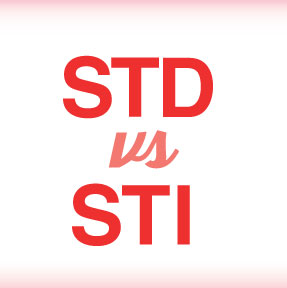What's in this article?
What is STD?
Sexually transmitted diseases (STDs) are caused by infections that are passed from one person to another during sexual contact.
These infections often do not cause any symptoms. Medically, infections are only called diseases when they cause symptoms. That is why STDs are also called “sexually transmitted infections.” But it’s very common for people to use the terms “sexually transmitted diseases” or “STDs,” even when there are no signs of disease.
Most STDs affect both men and women, but in many cases the health problems they cause can be more severe for women. If a pregnant woman has an STD, it can cause serious health problems for the baby.
Antibiotics can treat STDs caused by bacteria, yeast, or parasites. There is no cure for STDs caused by a virus, but medicines can often help with the symptoms and keep the disease under control.
Correct usage of latex condoms greatly reduces, but does not completely eliminate, the risk of catching or spreading STDs.
What is STI?
Sexually Transmitted Infections (STIs), also known as Sexually Transmitted Diseases (STDs) or Venereal Diseases (VD) are diseases that are passed on from one person to another through sexual contact, and sometimes by genital contact – the infection can be passed on via vaginal intercourse, oral sex, and anal sex.
Some sexually transmitted infections can spread through the use of unsterilized IV drug needles, from mother to baby during childbirth or breastfeeding, and blood transfusions.
Sexually transmitted infections have been around for thousands of years.
Microorganisms that exists on the skin or mucus membranes of the male or female genital area can be transmitted, as can organisms in semen, vaginal secretions or blood during sexual intercourse.
Difference Between STD and STI?
Diseases that are spread through sexual contact are usually referred to as sexually transmitted diseases or STDs for short. In recent years, however, many experts in this area of public health have suggested replacing STD with a new term sexually transmitted infection, or STI.
Why the change? The concept of “disease,” as in STD, suggests a clear medical problem, usually some obvious signs or symptoms. But several of the most common STDs have no signs or symptoms in the majority of persons infected. Or they have mild signs and symptoms that can be easily overlooked. So the sexually transmitted virus or bacteria can be described as creating “infection,” which may or may not result in “disease.” This is true of chlamydia, gonorrhea, herpes, and human papillomavirus (HPV), to name a few.
For this reason, for some professionals and organizations the term “disease” is being replaced by “infection.” ASHA has used the term STD since 1988 and it appears in hundreds of published ASHA documents, including this site. Users of this site will continue to see it for some time. But in moving forward, you will also begin to see increased use of the term STI.






Leave a Comment